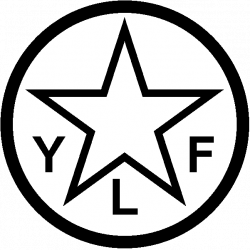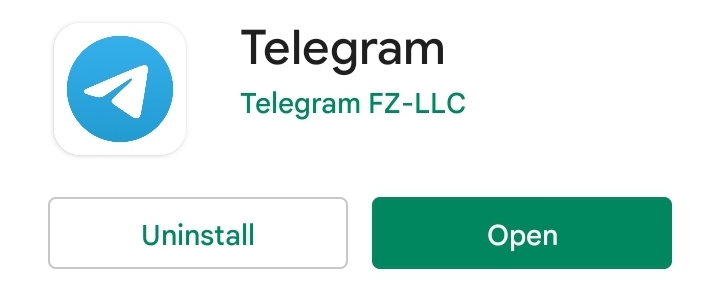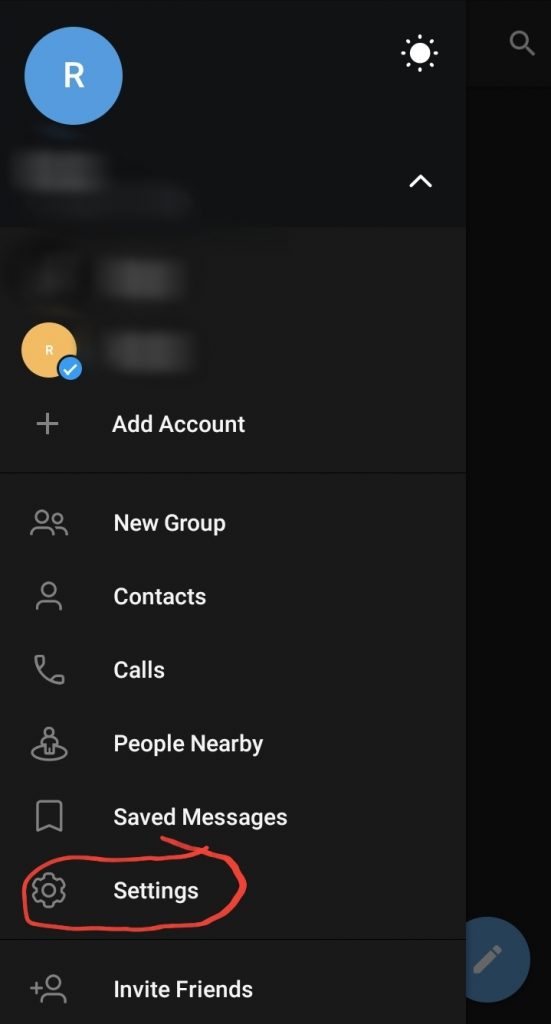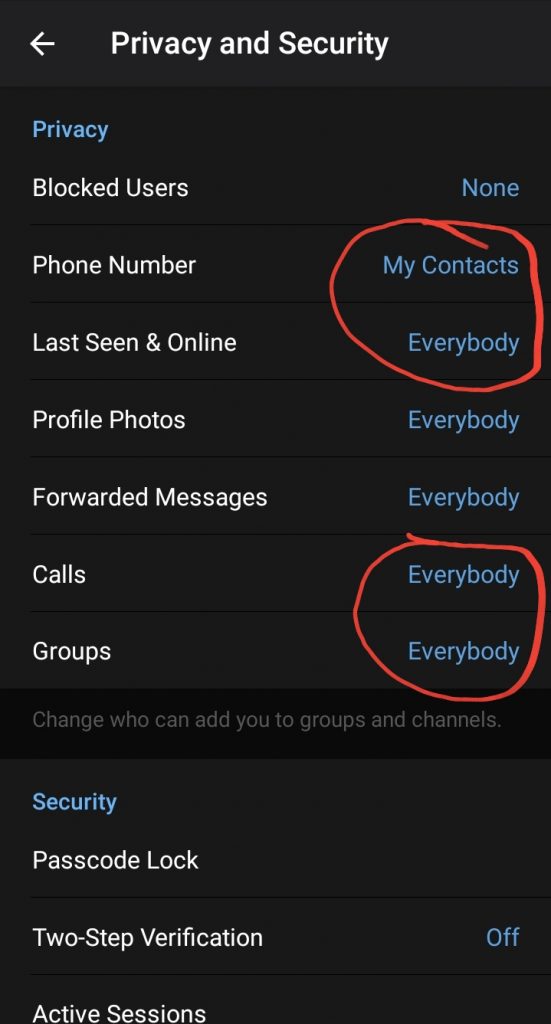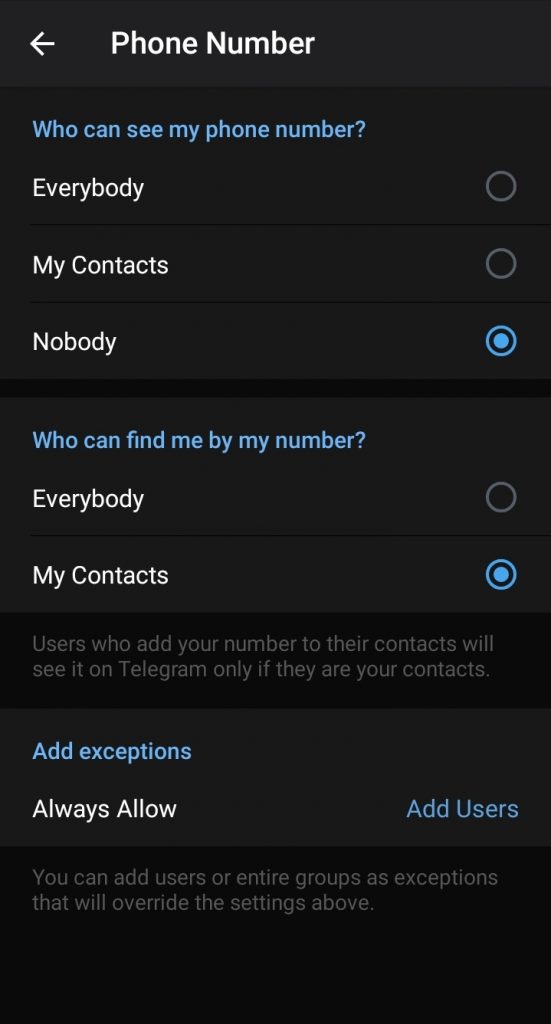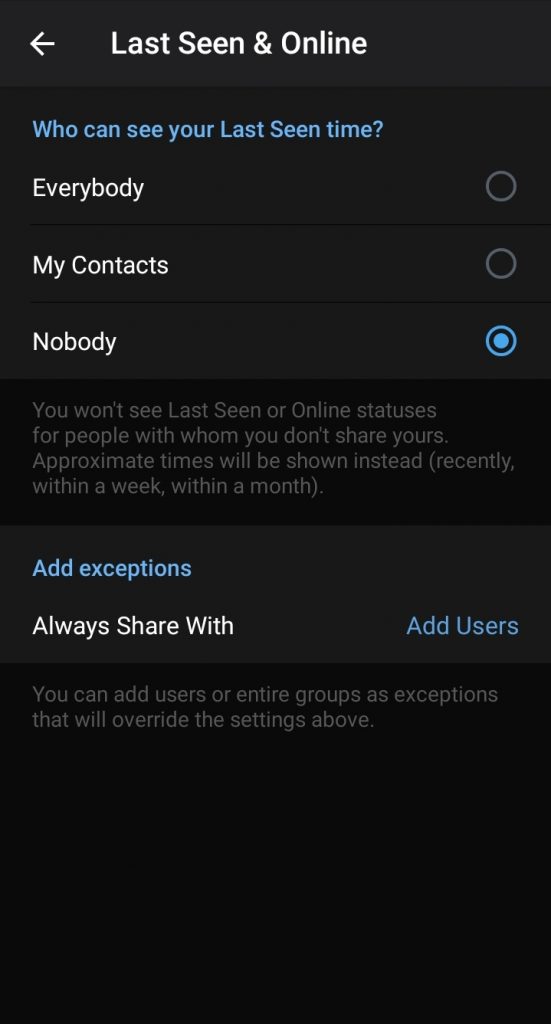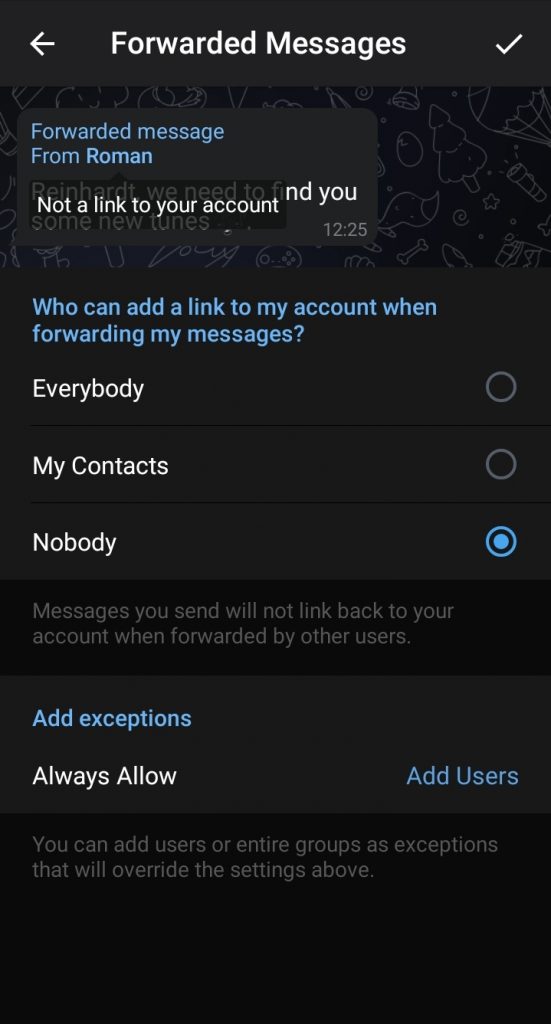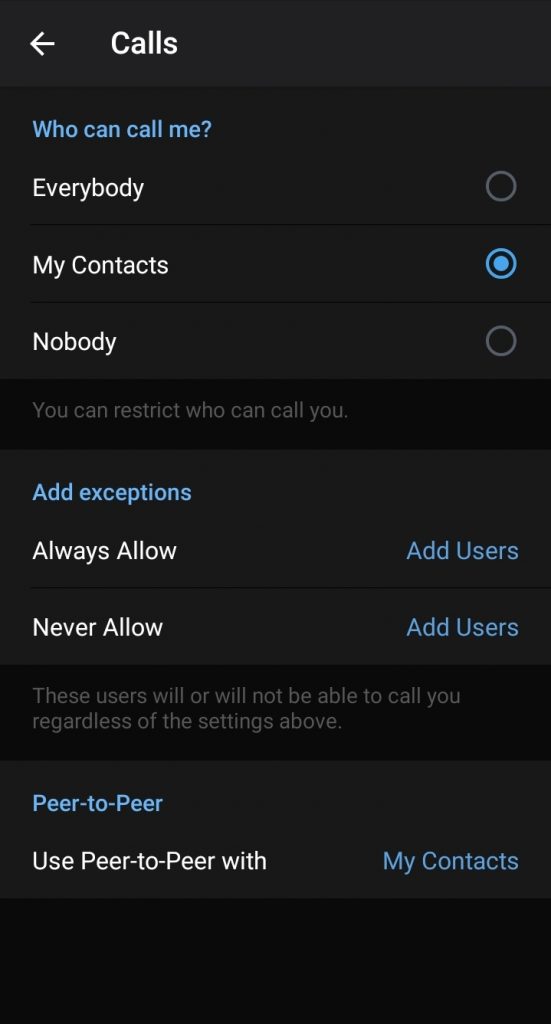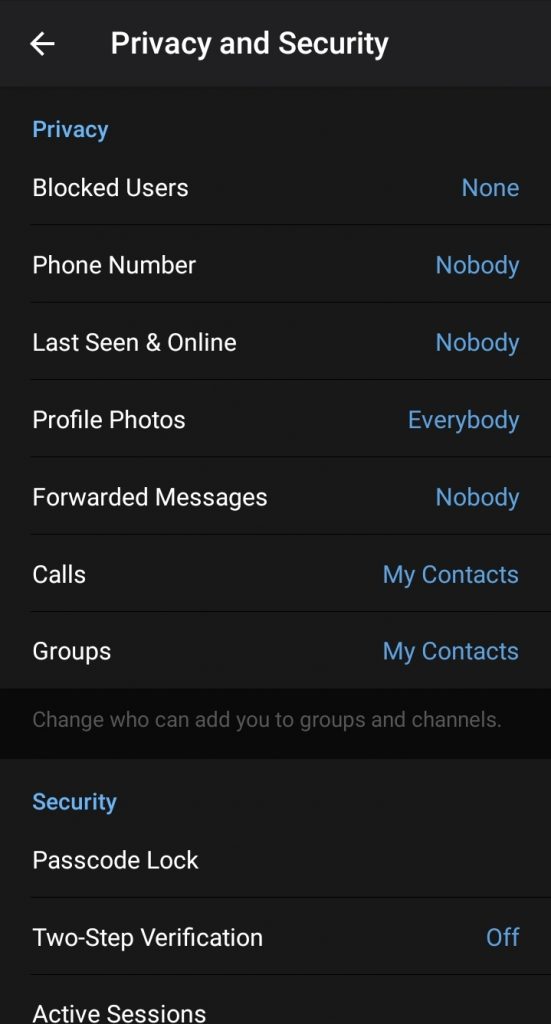(PDF/DOCX downloads available here)
What is the FLA-YLF?

The FLA-YLF is the Florida chapter of the Youth Liberation Front; the YLF is a decentralized network of anarchist youth groups spanning across so-called North America and the British Isles.
Much of Florida, especially in urban areas, lacks any sort of left-wing infrastructure, but the YLF and other groups have been working diligently to create a thriving social movement in one of America’s most reactionary states. Many other groups also strive towards this goal, including Food Not Bombs and the Revolutionary Abolitionist Front.

Those of us in Florida have worked independently as well as with many other groups in the area, participating in tagging and banner drops, as well as demonstrations for a wide variety of causes; some protests from 2021 included J20 and the police murder of Daunte Wright. Our comrades live across the state, including in cities like Ft. Lauderdale, Lakeland, Miami, and Orlando.
As anarchists, the YLF organizes in affinity groups, tight-knit collectives of no more than a few dozen people, all of whom know each other. Most affinity groups may be local, with nodes around a school or city of residence.
What is Antifa?
After introducing the YLF itself, it may feel important to clarify exactly what “Antifa” is and how it operates.

“Antifa” is a shortened form of Anti-fascist Action, whose roots are traced to the anti-Nazi struggle in Weimar Germany. In the most abstract form, anti-fascist action takes the form of opposition to fascism by any means necessary. The movement has experienced an upsurge ever since the early 2000s, around the time when the Internet began to gain popularity, and thus, many tactics of the movement are built around the online world.
Despite what the mainstream media chooses to focus on about Antifa, demonstrations and violence are, in fact, the last resorts of the movement. Doxxing and other internet-based research and action are, in actuality, a far more common tool, often used to cut off a stream of income for Proud Boys, Vanguard 18 (local accelerationist neo-Nazi group in Hollywood, FL) and other far-right groups, as well as to deplatform local election candidates, many of whom may also have been hiding their actual beliefs from the public.
Physical confrontations become necessary when it comes to stopping fascists from being platformed in public. Richard Spencer, for example, after being punched in the face by an antifascist during an interview, has publicly stated his fear of organizing rallies due to the risk of counterprotesters shutting down his events.
What is Anarchism?

Anarchism is the idea that everyone is entitled to complete self-determination. No law or government is more important than the needs and desires of actual human beings. People should be free to shape their relations to their mutual satisfaction, and to stand up for themselves as they see fit.
Anarchists oppose all kinds of oppressive and hierarchical structures, such as police, capitalism, and the state, which perpetuates oppression on the basis of race, ethnicity, country of birth, sexual orientation, and gender identity. In its place, left-wing anarchists seek to create a world based on decentralized communism and community control of the means of production.

As opposed to more mainstream leftist currents, anarchists reject reformism in order to resist co-optation, such as the centrist adoption of the George Floyd Uprising to push police reform rather than the more common position of abolition held by many participants. Though certain reforms may be welcomed or even celebrated by anarchists, reform is not something that anarchists strive for in and of itself. Historically, though, through the prevalence of movements such as the syndicalist currents of the late 19th century, state forces have implemented reforms in an attempt to satisfy potential supporters of such movements, such as the creation of the 8-hour workday.
The FLA-YLF has Twitter, Instagram, and Telegram. You can access our vetting channel through the links below, and our website contains zines and stickers we’ve made, as well as other zines made by different groups that we’ve archived and compiled.
Twitter
Instagram
Telegram
Telegram Vetting
We could always use some more helping hands! If you’d like to pitch in, please use our links to find our social media as well as our Telegram vetting group. And if you have any friends who share your ideas and vision of a better world, don’t hesitate to invite them along as well!

